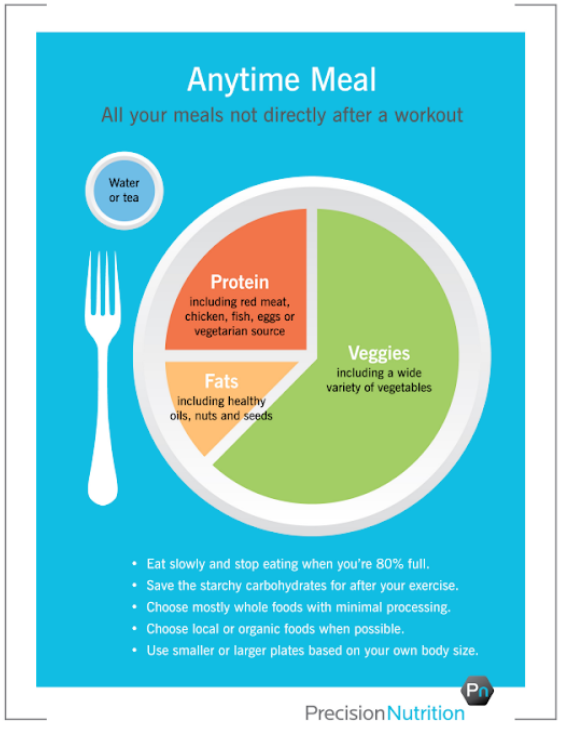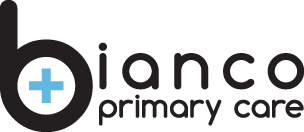You do not have to diet for the rest of your life to look the way you want to look and feel the way you want to feel. Yep, you read that right. However, I’m acknowledging you can’t eat plates full of processed carbohydrates and drink your teas and diet cokes to your heart’s content either. Lucky you, there is a middle ground. That is where long term, sustainable success not only lives but thrives! In this quick read, I want to give you 3 strategies that can be adaptable overtime for a true lifestyle change.
Diet Rules: Throw them out!
Like some of my clients, I personally thrive with rules. I outline foods I can’t eat and they are out the window. This year, before my wedding, I ignored all processed foods and desserts on several occasions including the Fourth of July and even my own birthday! I didn’t mind because I had a goal, was determined to achieve it and I knew these dieting rules were short-term. Unlike many diets, I had an end date for my challenge.
Most people will enter a new diet with the mindset of making a big change. Losing those pesky 30 pounds for good. And some people do see good success short term. Now, I don’t have to go into detail on why over time it will all be gained back, because we all know how it happens. (If you want to lean more about that here is a great article from Webmd.) What I will detail here is what you can do differently to prevent either those pounds from coming back, or if you’re at the beginning of your journey, starting off with the long term success in mind.
My first tip is to throw the rules out the window! Unless you are doing a brief 30 or 60-day challenge prior to an event (like a wedding 😀 ) or making dietary changes necessary for something like a medical procedure, forget the rules. Sometimes dietary rules are necessary, but they are given with the mindset of a temporary challenge. Beyond the challenge, nutrition should not follow the mindset of rules. Who likes to be told exactly what to drink or eat by anyone all the time?
The Fattening Influence of Advertising
The amount of ads we are exposed to on a daily basis is enormous, and food ads are no exception. Seeing an ad for a McRib or a Super Cheesy Stuffed Crust Pizza on TV doesn’t just make us crave those foods specifically, but also crave the processed, higher in refined carbohydrate and calorie-dense foods in the same category. All these ads imprint on our subconscious. This is why when we travel somewhere unfamiliar or find ourselves hungry while running errands out-and-about we find ourselves choosing something from our subconscious covered in cheese that was advertised to us as a quick and easy grab.
How do you fight these ads? Have a list handy of your best healthy food options, on your phone, or written down on a piece of paper you keep with you. That way when you are at the quicker places on a time crunch, at your favorite healthier chain restaurants, or anytime you travel and feel pressured to make a quick decision, you can reference the healthy options on your list. Planning ahead and having a list of healthy food choices handy can help you make better choices even on the most hectic schedules.
What’s on the Plate?
Now, that we’ve talked about throwing rules out the window, and defeating the “quick and easy choosing” subconscious, what should be on our plate when we do go to eat? (A little background on me, my Nutrition Certification is through Precision Nutrition, and I love explaining the science behind their model.) Precision Nutrition (or PN for short here) presents an Anytime Plate Model that they share as a visual way to help build your mealtime plate.

I want you to close your eyes and think about how many of your plates actually look like this one. If it’s one-per-day, awesome, two per-day, even better! If it’s only a few a week or none at all, let’s get to brainstorming and figure out how to improve.
Just a few small changes could make that vegetable portion look larger. How can we use what we cook our protein and vegetables in as our healthy fat portions for this meal? Using olive oil or avocado oil as a true healthy fat to roast your veggies in rather than using butter or steaming can be an easy way to increase your dietary Omega-3s, which helps reduce inflammation. Now keep in mind adjustments will need to be made based on activity level, fullness, preferences, goals, and results. PN is smart to also have sample plates for Post-Workout and a Vegetarian-based plate that I plan to share and write on and explain more of in the future.
So how do you incorporate this daily? As I mentioned above, if your plates don’t look like this, what is one small change you can make for dinner tonight to get it a little bit closer? What is one dish at your son’s favorite fast food restaurant that looks close to this plate? Notice with The PN plate, there are no rules, just reminders to fill it with healthier options and portions. I hope you enjoy using this model to nourish you and your family by filling your plates with a variety of vegetables and whole foods of true minimal processing to carry you into a healthier future.


